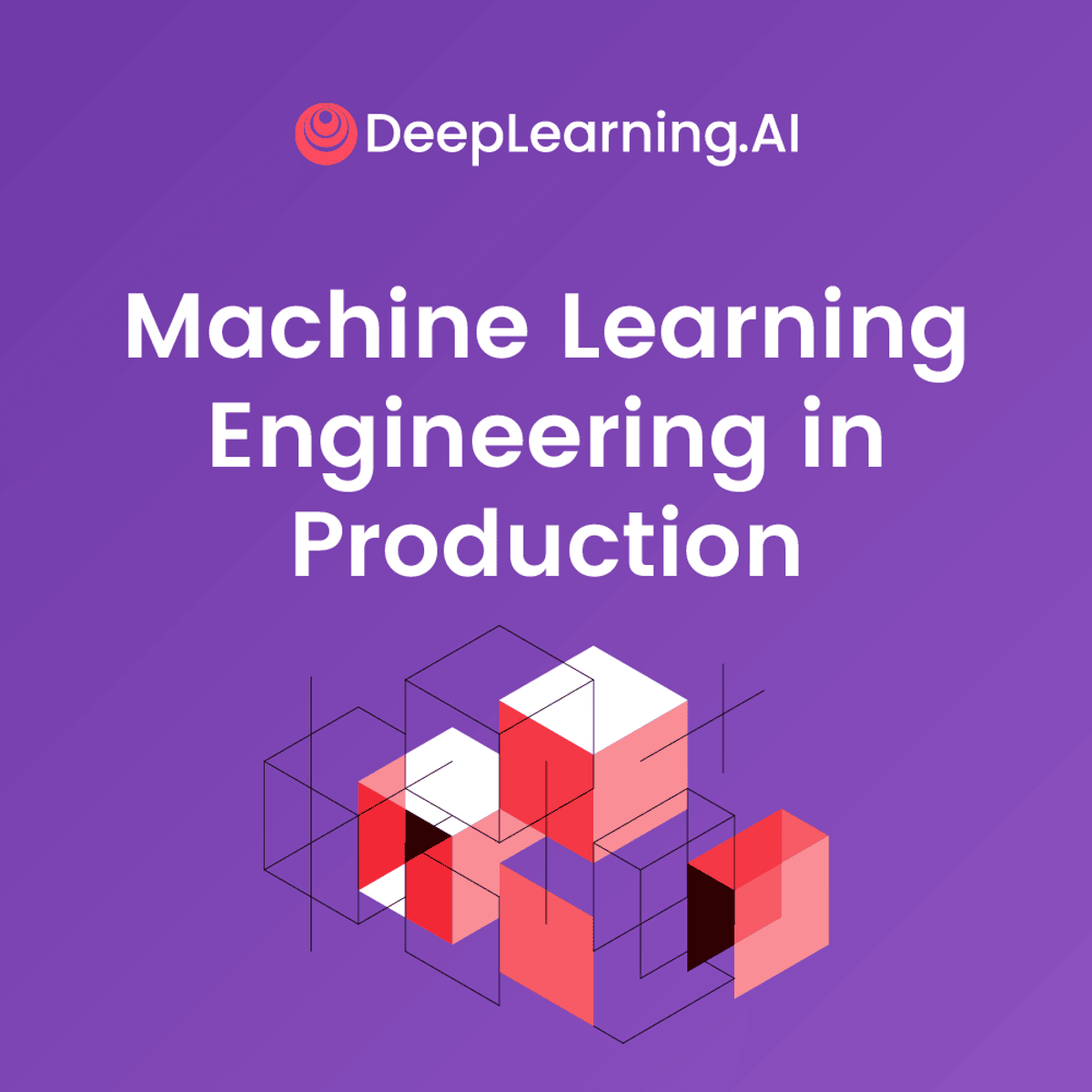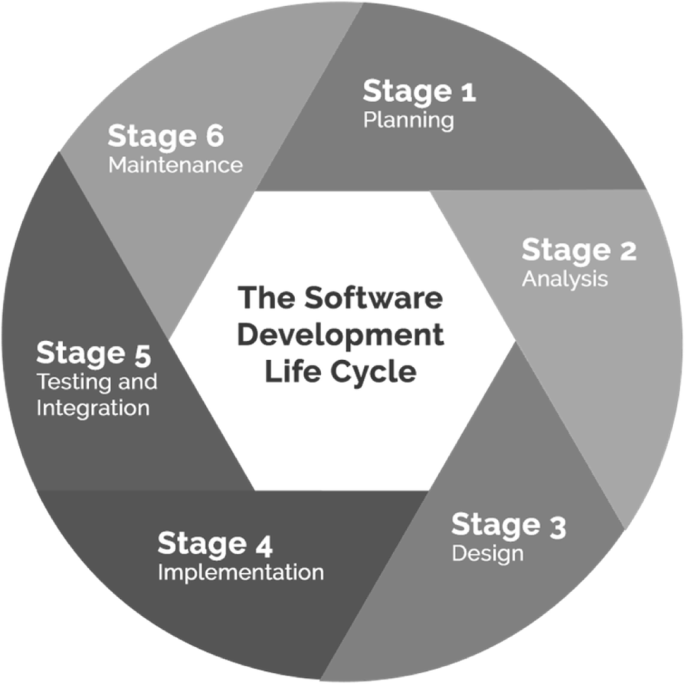All Categories
Featured
Table of Contents
- – Machine Learning Engineering Course For Softwa...
- – Rumored Buzz on Machine Learning Developer
- – Facts About Machine Learning Online Course - ...
- – Some Of Practical Deep Learning For Coders - ...
- – The Main Principles Of Top Machine Learning ...
- – Fascination About Machine Learning Applied T...
- – Getting My 7 Best Machine Learning Courses F...
Some individuals believe that that's unfaithful. If somebody else did it, I'm going to utilize what that person did. I'm compeling myself to think through the feasible services.
Dig a little bit deeper in the mathematics at the start, just so I can develop that structure. Santiago: Lastly, lesson number 7. I do not believe that you have to recognize the nuts and bolts of every formula prior to you use it.
I have actually been using neural networks for the longest time. I do have a sense of exactly how the gradient descent works. I can not clarify it to you right currently. I would have to go and examine back to really obtain a far better instinct. That doesn't imply that I can not solve points making use of neural networks, right? (29:05) Santiago: Trying to compel people to assume "Well, you're not mosting likely to achieve success unless you can clarify every information of exactly how this works." It returns to our arranging example I assume that's simply bullshit guidance.
As a designer, I have actually serviced many, many systems and I have actually used lots of, several points that I do not comprehend the nuts and screws of how it works, although I understand the effect that they have. That's the last lesson on that particular string. Alexey: The amusing point is when I think of all these libraries like Scikit-Learn the formulas they utilize inside to carry out, for instance, logistic regression or another thing, are not the like the formulas we examine in maker understanding courses.
Machine Learning Engineering Course For Software Engineers Things To Know Before You Get This
Also if we tried to learn to obtain all these basics of device understanding, at the end, the algorithms that these collections utilize are different. Santiago: Yeah, definitely. I believe we require a whole lot much more pragmatism in the sector.

I generally speak to those that want to work in the industry that want to have their influence there. I do not attempt to talk regarding that due to the fact that I do not recognize.
Right there outside, in the sector, materialism goes a long means for sure. Santiago: There you go, yeah. Alexey: It is an excellent inspirational speech.
Rumored Buzz on Machine Learning Developer
One of the points I wanted to ask you. First, let's cover a couple of things. Alexey: Let's begin with core tools and frameworks that you require to discover to really change.
I understand Java. I understand just how to make use of Git. Possibly I recognize Docker.
What are the core tools and structures that I require to learn to do this? (33:10) Santiago: Yeah, absolutely. Excellent question. I think, number one, you ought to start discovering a little of Python. Given that you currently understand Java, I don't assume it's mosting likely to be a substantial transition for you.
Not since Python coincides as Java, however in a week, you're gon na get a great deal of the distinctions there. You're gon na be able to make some progress. That's leading. (33:47) Santiago: After that you obtain particular core devices that are going to be utilized throughout your whole profession.
Facts About Machine Learning Online Course - Applied Machine Learning Revealed
You obtain SciKit Learn for the collection of equipment knowing algorithms. Those are tools that you're going to have to be making use of. I do not suggest just going and learning concerning them out of the blue.
We can chat concerning specific programs later on. Take among those training courses that are going to begin presenting you to some problems and to some core ideas of artificial intelligence. Santiago: There is a program in Kaggle which is an intro. I don't keep in mind the name, yet if you most likely to Kaggle, they have tutorials there totally free.
What's good concerning it is that the only requirement for you is to understand Python. They're going to offer an issue and tell you how to make use of choice trees to address that specific problem. I think that process is very powerful, due to the fact that you go from no device discovering background, to understanding what the issue is and why you can not address it with what you know right now, which is straight software application engineering methods.
Some Of Practical Deep Learning For Coders - Fast.ai
On the other hand, ML engineers concentrate on building and deploying equipment discovering designs. They concentrate on training designs with information to make predictions or automate jobs. While there is overlap, AI designers handle even more varied AI applications, while ML designers have a narrower focus on artificial intelligence formulas and their practical execution.

Artificial intelligence designers focus on developing and deploying equipment learning designs right into manufacturing systems. They service design, ensuring versions are scalable, reliable, and incorporated right into applications. On the other hand, information scientists have a broader function that includes data collection, cleansing, exploration, and structure designs. They are usually in charge of extracting understandings and making data-driven choices.
As companies increasingly take on AI and device understanding technologies, the need for knowledgeable specialists grows. Equipment knowing designers function on sophisticated jobs, add to development, and have competitive incomes.
ML is essentially various from typical software application growth as it concentrates on training computers to find out from data, instead than shows specific guidelines that are executed methodically. Uncertainty of end results: You are probably utilized to creating code with predictable outcomes, whether your function runs once or a thousand times. In ML, nonetheless, the outcomes are less particular.

Pre-training and fine-tuning: Just how these versions are educated on huge datasets and afterwards fine-tuned for certain jobs. Applications of LLMs: Such as message generation, belief evaluation and details search and access. Papers like "Attention is All You Need" by Vaswani et al., which presented transformers. Online tutorials and programs concentrating on NLP and transformers, such as the Hugging Face program on transformers.
The Main Principles Of Top Machine Learning Careers For 2025
The capability to take care of codebases, combine changes, and resolve conflicts is equally as important in ML development as it remains in traditional software projects. The abilities developed in debugging and testing software application applications are highly transferable. While the context might alter from debugging application logic to determining issues in information handling or version training the underlying concepts of systematic investigation, theory screening, and iterative improvement coincide.
Artificial intelligence, at its core, is greatly dependent on data and possibility concept. These are essential for recognizing exactly how algorithms learn from data, make predictions, and assess their performance. You need to consider becoming comfortable with concepts like analytical significance, circulations, hypothesis screening, and Bayesian reasoning in order to design and translate designs properly.
For those interested in LLMs, a comprehensive understanding of deep discovering architectures is valuable. This includes not only the technicians of neural networks yet also the style of certain models for different use cases, like CNNs (Convolutional Neural Networks) for picture processing and RNNs (Persistent Neural Networks) and transformers for sequential data and all-natural language handling.
You must be mindful of these issues and discover methods for identifying, alleviating, and interacting regarding bias in ML designs. This includes the possible effect of automated decisions and the ethical effects. Numerous versions, specifically LLMs, need significant computational sources that are usually supplied by cloud platforms like AWS, Google Cloud, and Azure.
Building these skills will not only promote a successful shift into ML however additionally ensure that designers can add properly and responsibly to the improvement of this vibrant field. Concept is necessary, yet absolutely nothing beats hands-on experience. Beginning working with projects that allow you to apply what you have actually discovered in a sensible context.
Join competitors: Sign up with systems like Kaggle to participate in NLP competitors. Construct your projects: Start with easy applications, such as a chatbot or a text summarization tool, and slowly raise complexity. The area of ML and LLMs is rapidly evolving, with new breakthroughs and modern technologies emerging on a regular basis. Remaining updated with the newest study and patterns is important.
Fascination About Machine Learning Applied To Code Development
Contribute to open-source tasks or write blog site articles regarding your discovering journey and jobs. As you gain knowledge, begin looking for possibilities to incorporate ML and LLMs right into your work, or seek brand-new duties concentrated on these innovations.

Possible use situations in interactive software, such as recommendation systems and automated decision-making. Comprehending unpredictability, fundamental statistical measures, and probability distributions. Vectors, matrices, and their function in ML algorithms. Error minimization techniques and slope descent clarified just. Terms like model, dataset, attributes, tags, training, inference, and validation. Information collection, preprocessing strategies, version training, evaluation processes, and release considerations.
Choice Trees and Random Woodlands: Intuitive and interpretable versions. Support Vector Machines: Maximum margin classification. Matching problem types with proper designs. Stabilizing efficiency and complexity. Basic structure of neural networks: nerve cells, layers, activation features. Split computation and forward propagation. Feedforward Networks, Convolutional Neural Networks (CNNs), Recurrent Neural Networks (RNNs). Image recognition, series prediction, and time-series evaluation.
Constant Integration/Continuous Implementation (CI/CD) for ML process. Version tracking, versioning, and efficiency monitoring. Discovering and attending to modifications in model performance over time.
Getting My 7 Best Machine Learning Courses For 2025 (Read This First) To Work

You'll be introduced to 3 of the most pertinent elements of the AI/ML technique; overseen discovering, neural networks, and deep understanding. You'll grasp the distinctions between conventional shows and machine learning by hands-on development in supervised understanding prior to developing out complicated dispersed applications with neural networks.
This course serves as an overview to machine lear ... Show Much more.
Table of Contents
- – Machine Learning Engineering Course For Softwa...
- – Rumored Buzz on Machine Learning Developer
- – Facts About Machine Learning Online Course - ...
- – Some Of Practical Deep Learning For Coders - ...
- – The Main Principles Of Top Machine Learning ...
- – Fascination About Machine Learning Applied T...
- – Getting My 7 Best Machine Learning Courses F...
Latest Posts
Interview Strategies For Entry-level Software Engineers
How To Write A Cover Letter For A Faang Software Engineering Job
How To Answer System Design Interview Questions – A Step-by-step Guide
More
Latest Posts
Interview Strategies For Entry-level Software Engineers
How To Write A Cover Letter For A Faang Software Engineering Job
How To Answer System Design Interview Questions – A Step-by-step Guide